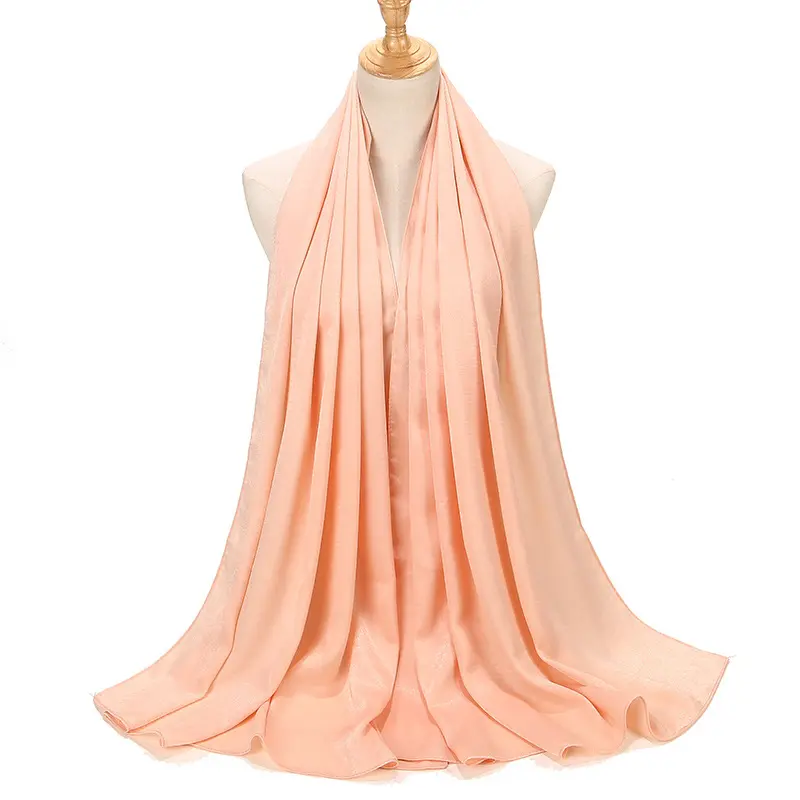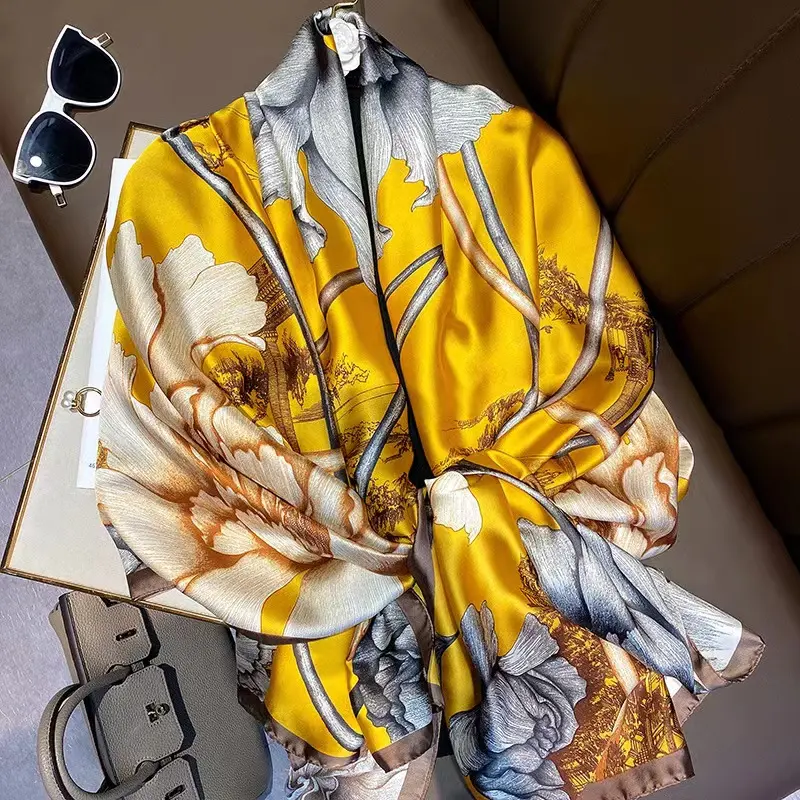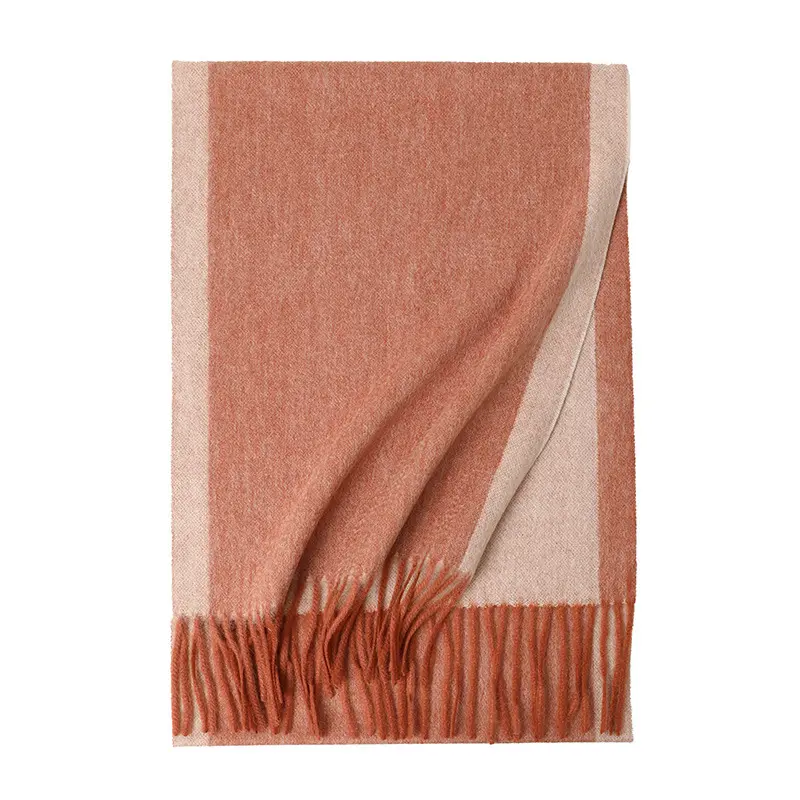Silk scarves hold significant cultural value across various civilizations, symbolizing heritage, tradition, and status. Here’s a glimpse into their cultural significance in different contexts:
1. Chinese Silk Scarves:
- China is renowned for its silk production, and silk scarves are deeply rooted in Chinese culture. Silk, known as “the fabric of heaven,” holds symbolic importance and represents wealth, elegance, and status.
- Traditional Chinese silk scarves often feature intricate patterns like dragons, phoenixes, or auspicious symbols, reflecting cultural beliefs and traditions.
2. Indian Silk Scarves:
- In India, silk scarves hold cultural and religious significance. Silk is associated with purity and spirituality, often worn during religious ceremonies or auspicious occasions.
- Scarves made from silk, particularly in regions like Varanasi, showcase traditional craftsmanship, intricate embroidery, and vibrant colors, representing the rich cultural heritage of the country.
3. Mediterranean and Middle Eastern Influence:
- Silk scarves in Mediterranean and Middle Eastern cultures are emblematic of cultural identity. They are worn as head coverings or wraps, representing modesty, respect, and cultural heritage. These scarves, like the keffiyeh or hijab, often carry symbolic and religious significance.
4. European Fashion and Luxury:
- In European fashion, silk scarves gained popularity for their elegance and luxury. Brands like Hermès elevated silk scarves to iconic status, incorporating classic motifs and designs that represent sophistication and refinement.
5. Artistic Expression and Symbolism:
- Silk scarves have been used as canvases for artistic expression. Artists and designers often use scarves to showcase their creativity, incorporating themes, motifs, and symbols that hold personal or cultural significance.
6. Fashion and Identity:
- Silk scarves serve as expressions of personal and cultural identity. They can represent affiliation with a particular group, convey messages, or reflect individual tastes and beliefs.
7. Heritage and Legacy:
- In many cultures, silk scarves are treasured as heirlooms, passed down through generations. They symbolize family heritage, carrying stories and traditions from the past.
8. Social Status and Elegance:
- Historically, silk was reserved for the elite and nobility due to its rarity and luxurious qualities. Silk scarves, therefore, symbolize sophistication, status, and refinement.
Silk scarves transcend mere fashion accessories; they embody cultural stories, artistic expressions, and traditional craftsmanship, becoming symbols of heritage, identity, and elegance across diverse cultures worldwide.



